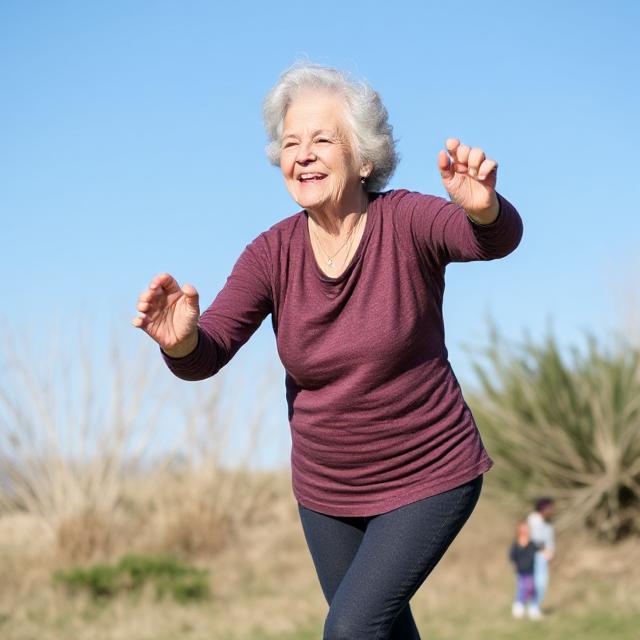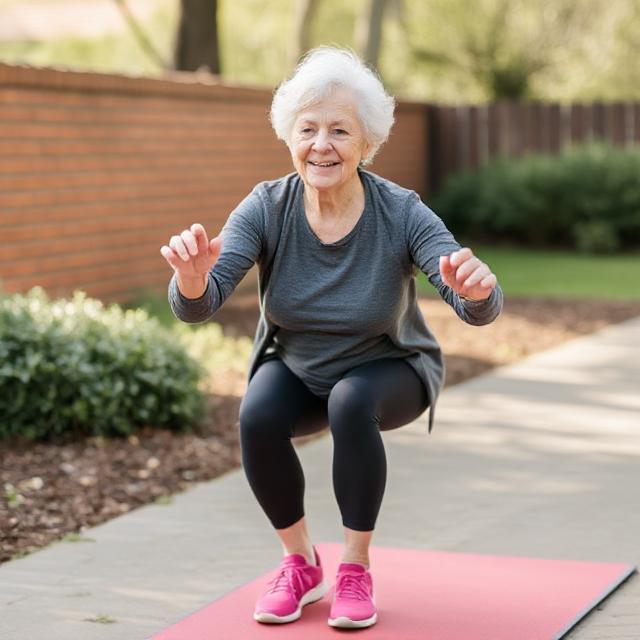Staying active after 60 doesn’t have to mean logging hours at the gym or forcing yourself through a boring treadmill routine. In fact, if the traditional idea of “working out” makes you want to hide under a blanket, you’re far from alone. The good news is that physical activity doesn’t only come in the form of dumbbells and sweatbands. There are countless creative, joyful, and meaningful ways to keep your body moving and your mind engaged—especially when you pick activities that align with your interests, lifestyle, and physical ability. Whether you’re retired, semi-retired, or just embracing a slower pace, there’s always room for motion. Here are 9 imaginative and invigorating ways to stay active without stepping foot in a gym.
1. Dance Like No One’s Watching—Because They Aren’t
Dancing is one of the most liberating and effective ways to stay active after 60, and the best part is—you don’t need an audience, a dance floor, or even rhythm. Just turn on your favorite music, whether it’s jazz, rock ‘n’ roll, disco, or classical, and let your body move in whatever way feels natural. Dancing boosts cardiovascular health, enhances balance, strengthens muscles, and triggers the release of endorphins—the feel-good chemicals that can combat depression and anxiety. Plus, it’s incredibly adaptable. You can do it standing up, sitting down, solo in your kitchen, or as part of a virtual or in-person group. Want to get social? Join a local line dancing class, ballroom dance meetup, or even a Zumba Gold session geared specifically for seniors. These aren’t just workouts—they’re parties in disguise. You’ll not only get your heart pumping, but you’ll also connect with others, which is essential for emotional well-being. Even five to ten minutes of dancing a day can contribute to flexibility, coordination, and joy. So, let the music be your motivation and make your living room your stage.
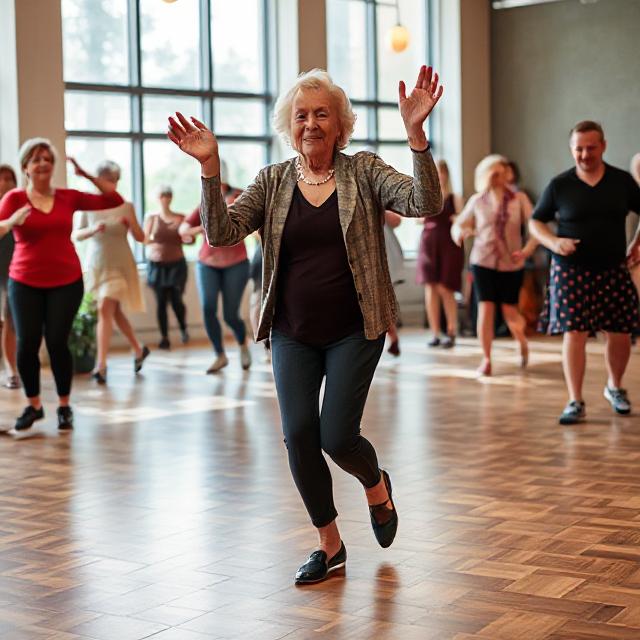
2. Garden Your Way to Better Health
Gardening isn’t just about growing tomatoes or planting tulips—it’s a full-body workout cleverly disguised as a hobby. Digging, raking, planting, weeding, and watering all engage various muscle groups, improve hand strength, and increase mobility. And unlike monotonous gym circuits, gardening has the added benefit of purpose and reward. You’re not just burning calories—you’re creating something beautiful or nourishing. Studies show that time spent in the garden reduces cortisol levels (the stress hormone), boosts mood, and enhances overall mental health. You also get exposure to vitamin D, which is vital for bone health and immunity, just by spending time in natural light. Raised garden beds, ergonomic tools, and kneeling pads make gardening accessible even for those with joint issues or limited mobility. Whether it’s a sprawling backyard project or a few potted plants on your balcony, gardening gives your body a reason to bend, stretch, and lift in ways that feel natural and satisfying. Plus, the sense of accomplishment that comes from watching your flowers bloom or your herbs thrive can be more motivating than any fitness tracker.
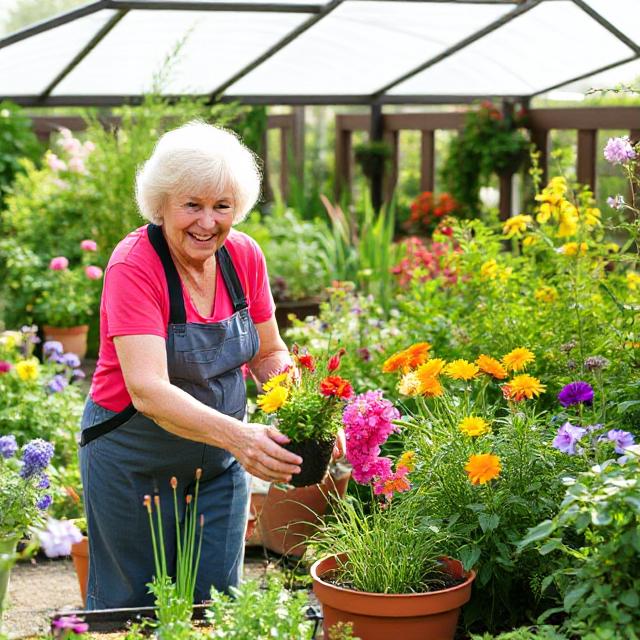
3. Volunteer for Physical Roles
Giving back to your community can be a powerful motivator to stay active. Many volunteer roles require light to moderate physical activity—like walking dogs at the local shelter, assisting with community clean-ups, helping at food pantries, or leading guided tours at museums and parks. These roles combine movement with meaning, creating a positive feedback loop: you’re physically active, emotionally fulfilled, and socially engaged. Volunteering also introduces a flexible routine and a sense of responsibility, which helps establish consistency in activity levels without the dread of formal workouts. Additionally, it provides opportunities to meet people, stay mentally sharp, and reduce feelings of isolation. Unlike exercise routines that can feel self-focused or monotonous, volunteering centers your energy outward—making the movement part of a bigger, more fulfilling picture. And don’t underestimate the physicality of even “light” duties—reaching shelves, packing boxes, or standing for a few hours are all ways to keep your muscles in use. Choose causes that align with your passions, and you’ll find that the movement becomes a natural, enjoyable part of your routine.
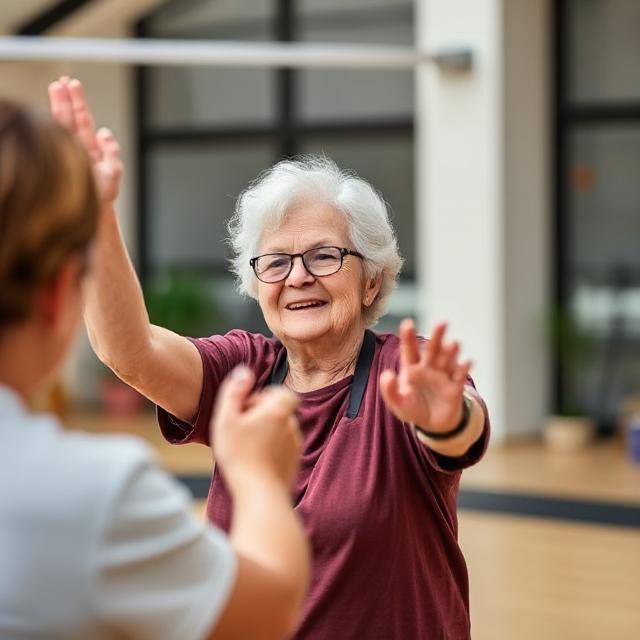
4. Embrace Active Travel
Whether you’re retired or simply have more free time, travel doesn’t have to mean sitting on buses or lounging in resorts. Instead, consider integrating physical activity into your explorations through active travel. Think walking tours, hiking vacations, bike rentals, or even kayaking excursions. Many travel companies now offer senior-friendly adventure itineraries designed with safety and mobility in mind. Even strolling through museums, markets, or cobblestone city streets can help you log thousands of steps without ever thinking, “I’m working out.” The beauty of active travel is that movement becomes a byproduct of discovery. You’re immersed in new cultures, foods, and experiences while keeping your body engaged. Walking up a scenic trail, cycling through wine country, or snorkeling in shallow waters—all of these offer low-impact, joint-friendly ways to move. You also return home with not just souvenirs, but improved stamina, flexibility, and balance. Whether you go solo or with a group, active travel adds excitement to your movement and offers stories you’ll be telling for years.
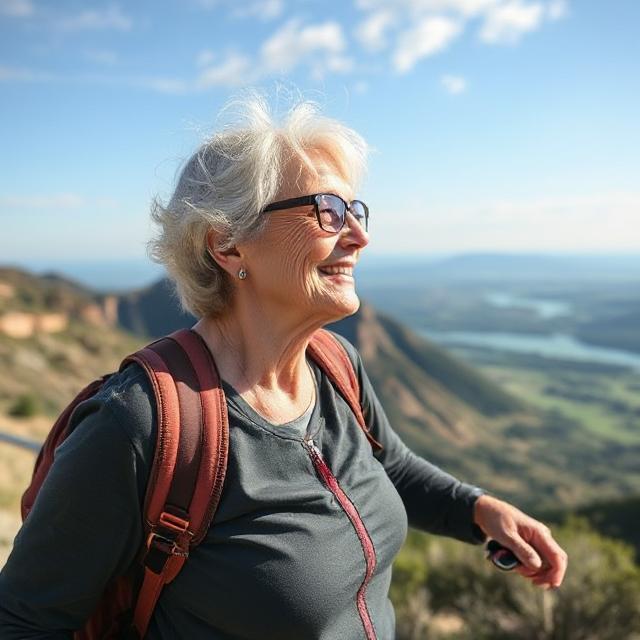
5. Try Chair Yoga or Tai Chi
If you’re looking for a gentle, accessible way to stay active, chair yoga and tai chi are ideal options. These low-impact practices enhance flexibility, reduce joint pain, and promote balance without stressing the body. Chair yoga allows you to perform stretches and breathing exercises while seated, making it perfect for those with mobility issues or chronic conditions like arthritis. Tai chi, on the other hand, involves slow, deliberate movements that flow like a dance—helping with coordination, muscle control, and mindfulness. Both practices have been shown to reduce the risk of falls, improve sleep, and alleviate anxiety. And the best part? You can do them almost anywhere—from your living room to a park bench. Many community centers and online platforms offer free or low-cost classes specifically for older adults. These routines don’t just move your body—they engage your mind, foster inner calm, and build confidence. Over time, you’ll find daily movements like climbing stairs or reaching shelves become easier. So if loud music and jumping jacks aren’t your style, these serene, effective methods might be exactly what you need.
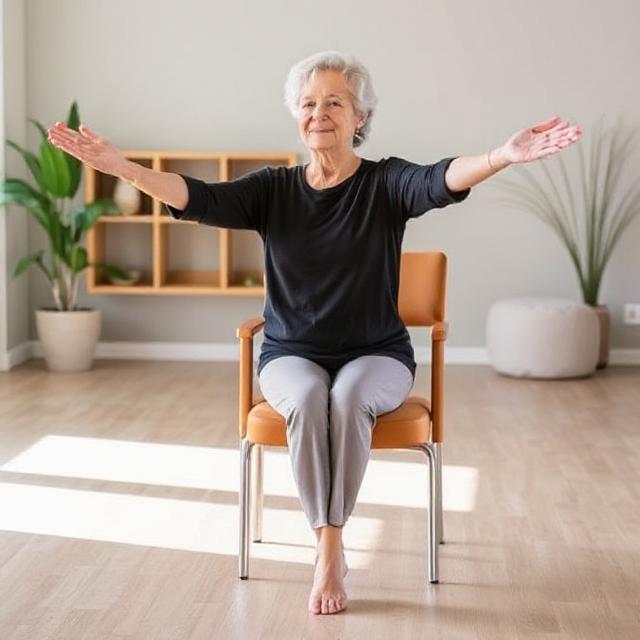
6. Adopt a Pet (or Borrow One)
Having a pet, particularly a dog, naturally adds more movement to your life. Daily walks, playtime, and even basic pet care routines like feeding or cleaning offer consistent, light physical activity. Dogs are also great accountability partners—they don’t care if it’s raining or cold; they’ll still need their walk, which gives you that little push on days you’d rather stay in. But even if full-time pet ownership feels like too much, there are alternatives. You can foster animals temporarily, volunteer to walk a neighbor’s dog, or use apps and services that connect you with pets needing care. These relationships offer not just movement, but also companionship and routine, which are deeply beneficial for mental health. Physical activity becomes embedded in your day without being something you have to plan separately. And unlike a treadmill, a tail-wagging pup makes every step more enjoyable. Over time, your balance, endurance, and energy levels improve—and you may find your emotional well-being lifted just as much as your physical health. Pets keep us playful, and play is a powerful form of motion.
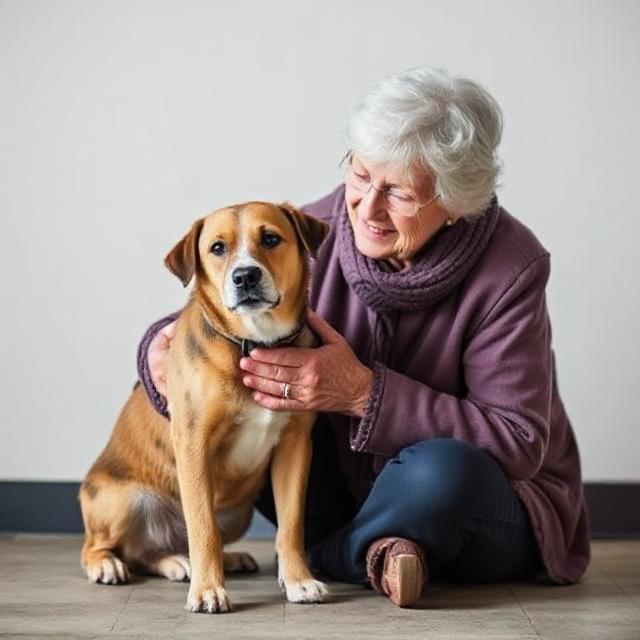
7. Explore Creative Arts That Get You Moving
Who says creativity has to be sedentary? Engaging in the arts can also be a physically active experience. Activities like painting murals, sculpting, pottery, woodworking, or even photography require reaching, standing, lifting, and moving your body in various ways. Art classes and workshops often encourage participants to move between stations, handle materials, and interact with space. Even setting up your own art studio at home—organizing supplies, adjusting canvases, or taking nature photos—adds functional movement to your day. These activities don’t feel like workouts, but they stimulate your body while deeply engaging your mind. This kind of movement is spontaneous and intuitive, reducing the psychological barrier often associated with exercise. Moreover, the sense of creativity and productivity can boost your self-esteem and cognitive health, helping to ward off age-related decline. Engaging in the arts also builds community and offers regular social opportunities, further supporting emotional wellness. So whether you’re crafting, composing, or capturing, you’re moving—and every brushstroke, cut, or click counts.
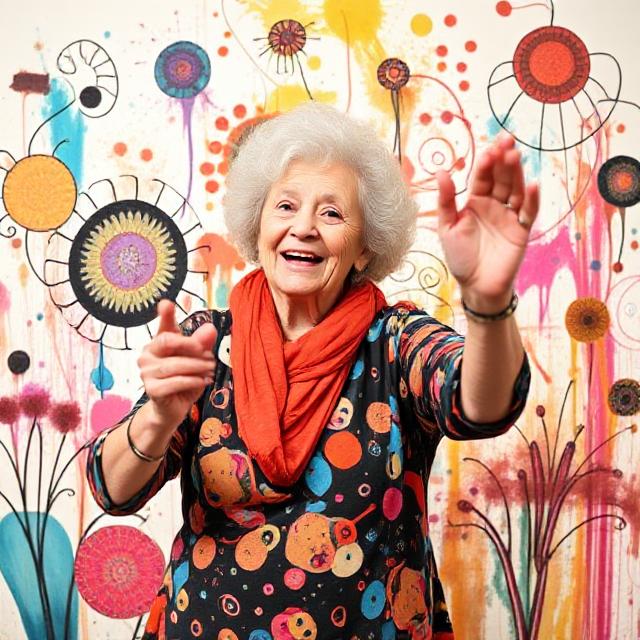
8. Join a Walking Book Club
Reading doesn’t have to be a sedentary hobby. Combine literature with light exercise by joining or starting a walking book club. The concept is simple: gather with fellow book lovers and discuss chapters while strolling through your neighborhood, park, or nature trail. Walking while talking creates a relaxed, social form of exercise that feels more like catching up with friends than “working out.” It encourages consistency, because there’s a scheduled purpose and an eager group waiting. Walking is one of the best low-impact exercises for cardiovascular health, joint mobility, and even brain function—and coupling it with meaningful conversation enhances the mental benefits. You’re not only stimulating your body, but also your mind and your relationships. Even if you’re not part of a formal group, you can create your own ritual—listen to audiobooks during your daily walk and discuss them with a friend afterward over coffee. The key is making the movement feel integrated into a pleasurable habit. With a walking book club, every step brings you closer to both physical health and literary enrichment.
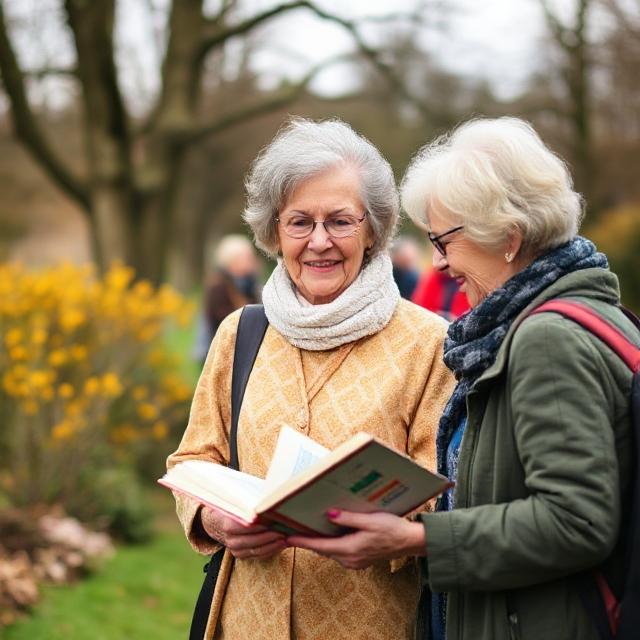
9. Turn Household Chores Into Movement Sessions
It’s time to rethink chores not as drudgery, but as opportunities for movement. Vacuuming, mopping, scrubbing, reaching, lifting, dusting, and organizing all require physical effort that can rival a structured workout—if approached mindfully. Add music to the mix and you’ve got a rhythm-based movement session right in your own home. Squat instead of bend. Take the stairs twice while putting away laundry. Do arm stretches while wiping windows. These small but repeated actions improve balance, core strength, and flexibility. Cleaning routines also encourage consistent movement, especially if you tackle tasks daily or on a rotating schedule. Want to turn it up a notch? Set a timer for 30 minutes and see how much you can clean while keeping a steady pace. Not only will your home sparkle, but you’ll also benefit from increased circulation and calorie burn. This reframing helps eliminate the guilt of “not working out” by recognizing the value in everyday activities. You’re being productive and staying active without ever setting foot in a gym—and that’s a win-win.
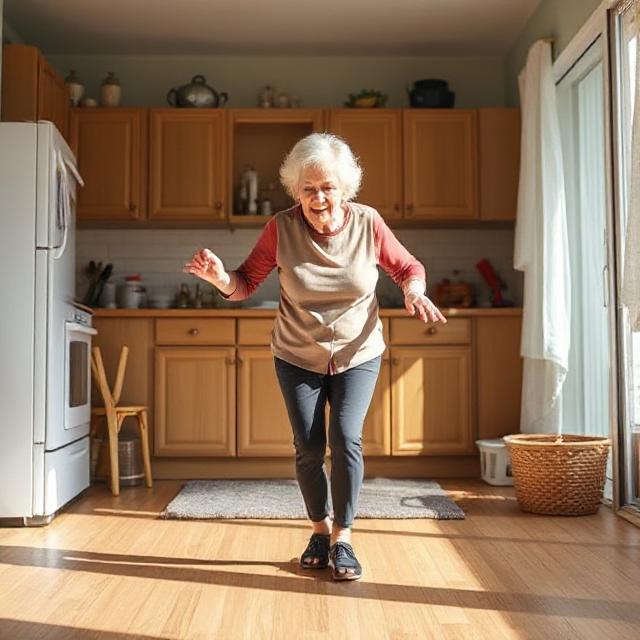
Staying active after 60 doesn’t require endless repetitions, fitness apps, or intimidating gym environments. The real key is finding movement that fits your life—activities that light you up, bring you joy, connect you to others, and feel sustainable. Whether it’s through pets, travel, creativity, or a good book, your body benefits from every intentional motion you make. Movement is medicine, and it doesn’t need a label like “exercise” to work. So go ahead—dance in the kitchen, dig in the dirt, walk that dog, or sculpt your next masterpiece. Your active life is already waiting to be lived—your way.
